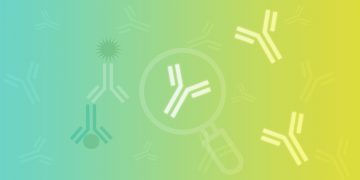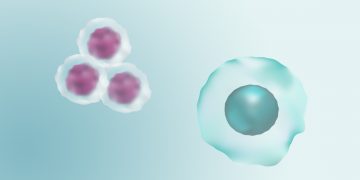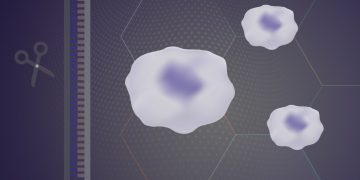
10 Tips for Western Blot Detection of Proteins Present in Tissue Lysates
Extracting proteins from tissue lysates for western blotting can be a challenge. From knowing how to process your tissue to verifying protein loading to including suitable controls, there is a lot to keep track of. The ten tips in this article can help you on your way to generating reproducible and reliable blots and do better western blotting overall.

Got Purification Troubles?
Use our interactive infographic to find out how your resin-of-choice fares in on-column aggregate formation during monoclonal antibody purification. And find out what you can do to minimize these on-column aggregates.

Defining the New Normal in Quantitative Western Blot Data
Normalization of western blot data is very crucial in quantitating proteins. Normalization of band intensity of proteins of interest with the band intensity of housekeeping proteins (HKP) is routinely done in labs. But more and more journals question the validity of using HKPs in normalization and are demanding more validations and tests. An alternative method is to use total protein normalization (TPN) for normalization. Explore the TPN option and see how you can get reliable western blot data easily.

Multiplex Cytokine Immunoassays — Minimizing Effort, Maximizing Results
Since the first cytokine was identified over 60 years ago, a lot has been done to better understand these molecules. The use of multiplex immunoassays is one such way, though they aren’t considered quite as mainstream yet. Learn about how the SMARTS approach can be used to better align user experience to the performance characteristics of these multiplex assays and hopefully transition them to a more mainstream role in research.

A Resin Built Specifically for Large Biomolecule Purifications
Nuvia HP-Q is a high-performance strong anion exchange resin designed for purification of large biomolecules. See how its optimized particle and pore size leads to high target recovery and high-throughput purifications.

Finding a Good Antibody:
Part III – Publish Meaningful Data
In the first two articles in our Finding a Good Antibody series, you learned how to select the best antibodies and received tips on proper antibody validation. In this third and final article, see how you can use this information to publish meaningful data when using antibodies. And get some guidelines for antibody best practices.

Finding New Horizons — What Possibilities Exist with Single-Cell Analysis?
Single-cell techniques offer exciting, new ways to understand personalized medicine and research. Developing these techniques at Bio-Rad is Dr. Kelly Kaihara, the third guest on Brilliant Science. Read about what makes single-cell analysis different and Kaihara’s perspective on its potential moving forward.

The Benefits of Flow Cytometry in Immuno-Oncology Research
Immuno-oncology, or cancer immunotherapy, research focuses heavily on the various types of cells and their behavior in cancer, so the use of flow cytometry to interrogate these cells is a no brainer. See how flow cytometry fits in this growing field of research and how it can help identify new targets and improve drug design to generate more effective and safer cancer therapeutics.

Phagocytosis and Phasing Out Disease
Our immune systems could soon hold the key to rewriting disease and disorder treatments. Studying the inner workings of the immune system’s primary weapon, the macrophage, with the help of CRISPR is Dr. Adam Hoppe at SDSU. Read more about his exciting work and what he hopes to accomplish next.

Improve Your Protein Purification Process Economy with CHT Ceramic Hydroxyapatite XT Media
CHT Ceramic Hydroxyapatite XT Media is designed for repeated use and exceptional resolution. It combines exceptional functionality with a long column life to help achieve high productivity and improved process economics. See how CHT XT can improve your protein purification.
